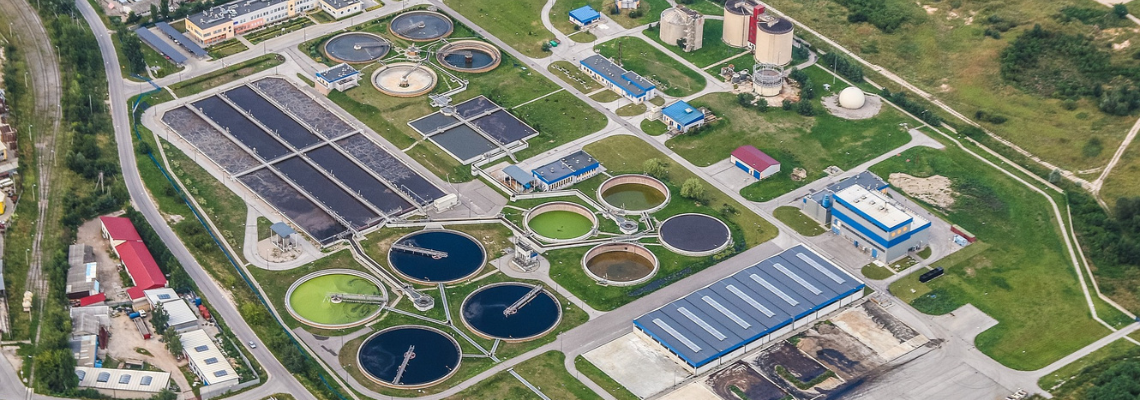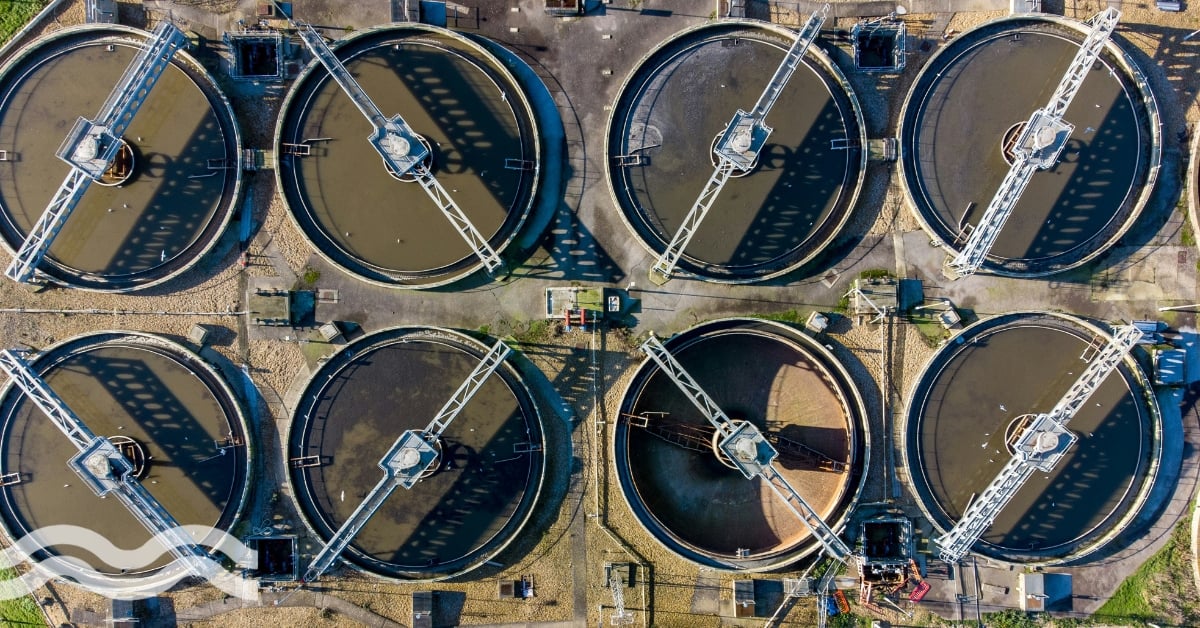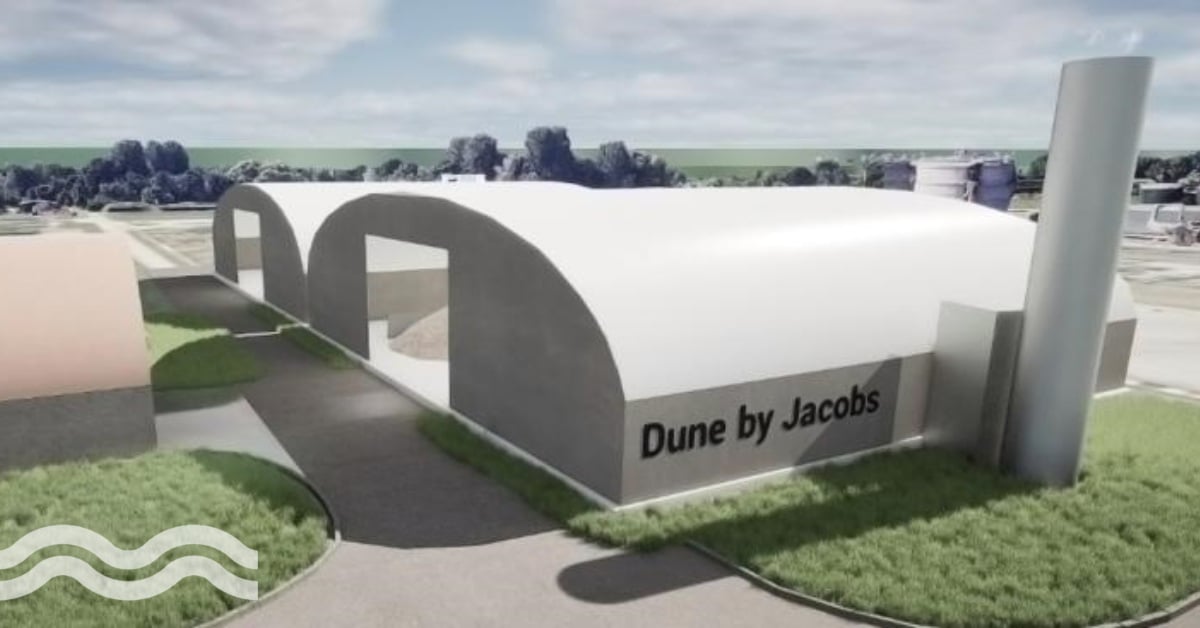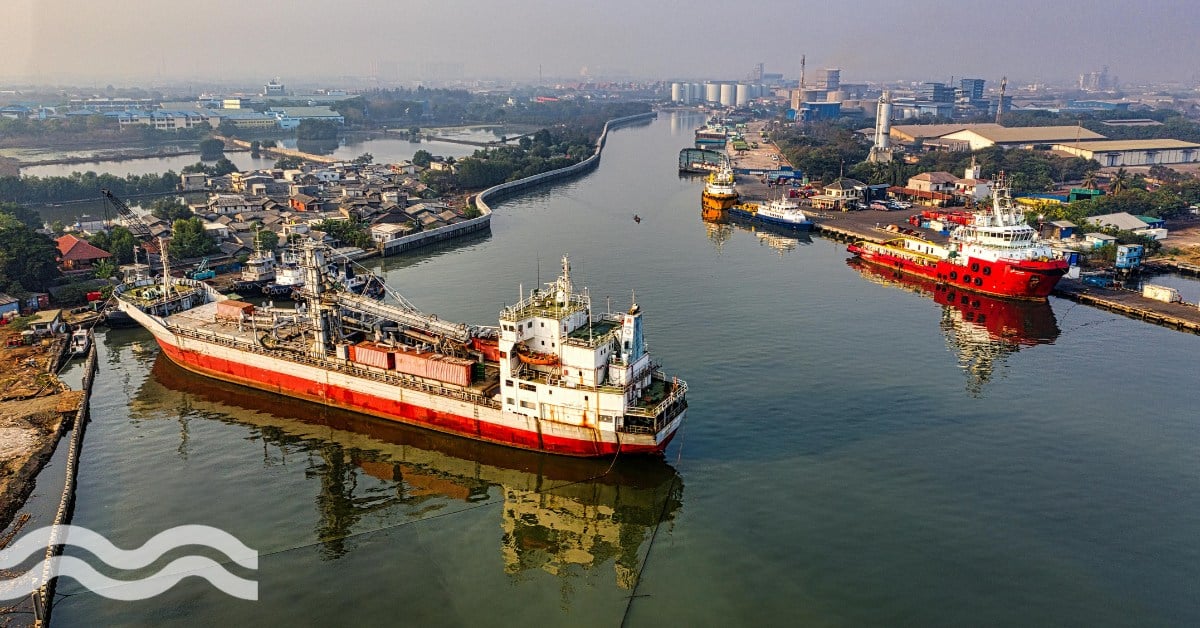Why laughing gas (N2O) isn’t a laughing matter for wastewater treatment plants

A new whitepaper from Dutch engineering company Royal HaskoningDHV examines nitrous oxide from wastewater treatment.
Facing additional loads
While many would assume reaching 2030 ‘Net Zero’ targets is about carbon, one of the biggest challenges for water companies could in fact be additional emissions, such as nitrous oxide (N2O) and methane (CH4).
Over 265 times as potent as CO2 in heating the atmosphere, N2O is otherwise known as laughing gas, yet it’s no laughing matter. It is a part of the process emissions generated during the treatment process from wastewater treatment plants (WWTPs).
A new whitepaper from Royal HaskoningDHV, entitled ‘Reducing N2O emissions at wastewater treatment plants’ looks into this in further detail.
High ammonia loads are commonly linked to high levels of nitrous oxide from wastewater treatment plants.
One example showed that at the Soest WWTP in the Netherlands, where an additional 25 per cent of ammonia load led to high nitrate concentrations (1 mg/l). When the additional load was absent, this dropped to near zero.
The paper said that “the N2O research has illustrated that a good control strategy can pay off in reducing nitrous oxide emissions”. This includes Advanced Process Control (APC), which can provide a strategy using a “holistic approach” incorporating both artificial intelligence and domain knowledge.
“The key to obtaining optimal processes is to anticipate on what will happen, rather than react to what has happened. If you know what is going to happen, you can adapt to achieve the optimal state,” the company said.
GHG emissions
One source referred to by the whitepaper and worth checking is the UK Water Industry Research (UKWIR) report on ‘Quantifying and reducing direct greenhouse gas emissions from waste and water treatment processes’.
The aim of the work was to help improve the understanding and basis for calculating Scope 1 process emissions.
In this context, Scope 1 refers to “direct emissions from treatment processes”, comprising N2O and CH4 (methane) from wastewater and sludge treatment. Scope 2 refers to indirect emissions from the generation of purchased energy.
And finally Scope 3 emissions are “upstream or downstream carbon” effects outside of company influence, or within company influence but not considered significant.
The role of advanced process control
A pilot project in the Netherlands between utility Water Authority Vallei and Veluwe and Royal HaskoningDHV has pilot tested the company’s Aquasuite PURE system at the Soest wastewater treatment plant.
N2O concentrations could be reduced by the equivalent of a third in the train controlled with advanced process control.
The pilot started by measuring two identical treatment trains. This involved installing sensors for each train that measured N2O concentration in real-time. At the same time, research was conducted to compare the difference between using the Aquasuite Advanced Process Control application with the local PLC-SCADA control.
The information gathered from the sensors showed that during periods in which influent pollution was higher (high loaded period), N2O concentrations could be reduced by the equivalent of a third in the train controlled with advanced process control.
Royal HaskoningDHV said with these preliminary results, research will continue not only in Soest but also at several other plants in the Netherlands.
Read more about the Royal HaskoningDHV whitepaper.


